1364
Cultural phenomenon
I offer you the following seven editions of the calendar Pirelli - 1971 - 1986 years. "Why so much time and so little calendars ?!" - You ask. All the answers below.
1971
Photographer: Francis Dzhakobetti
The first edition of the calendar, which appeared naked female breast. In the early 70's for the exposure of advertising images considered something akin to pornography, so the photographer had problems with some models, unwilling to become bare. However, their confusion and even fear Dzhakobetti played on hand - he was able to convey emotion models in the photo. In fact, the Pirelli Calendar could get anyone - because of financial problems, the campaign had to release it into general availability.

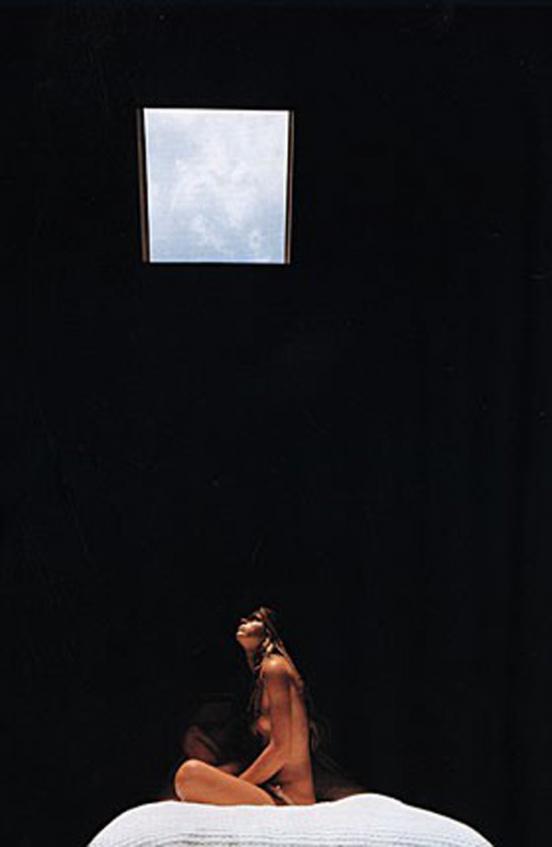



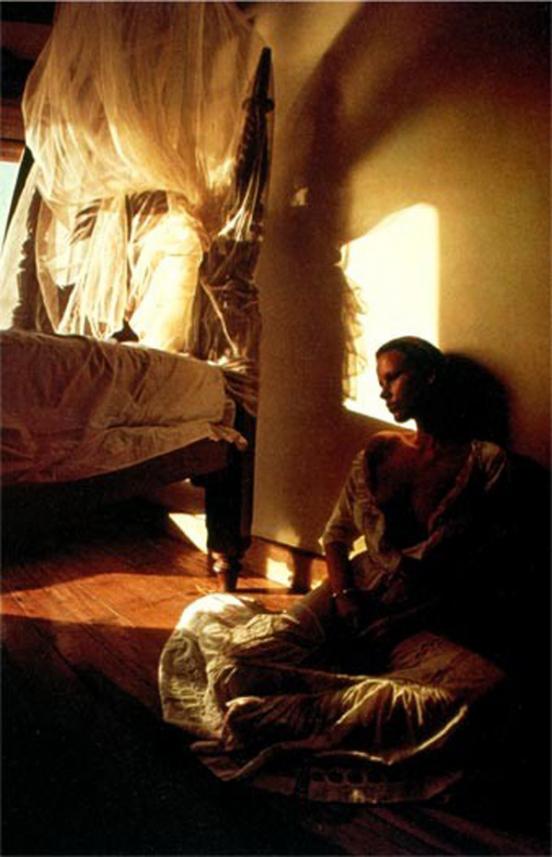
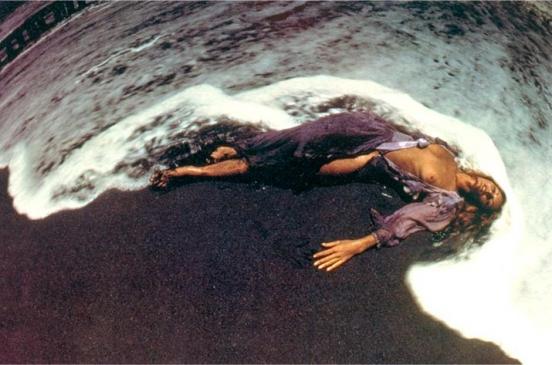

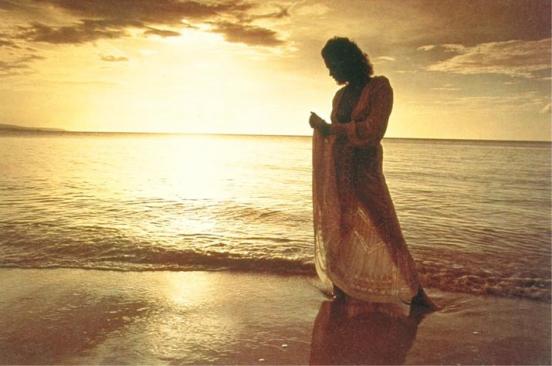




1972
Photographer: Sarah Moon
For the first time the calendar was a woman photographer. This was due to the desire of producers to move away from pornography, so popular in those days, and show the delicate feminine images. In my view, these works are radically different from the previous calendar Pirelli: thanks to the play of light and blurry contours, they are more like works of art. Despite the softness of the images and the absence of direct sexual promise, many people (mostly men) have criticized this edition of the calendar, and even accused him of promoting the lesbian love.







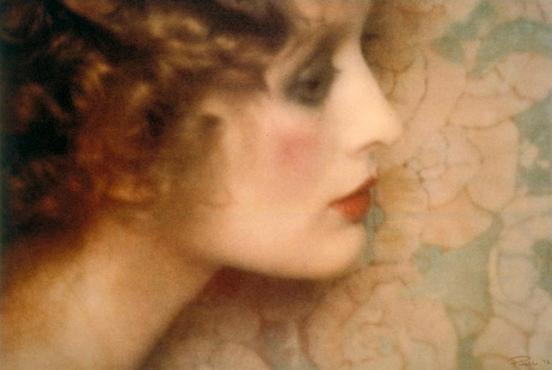




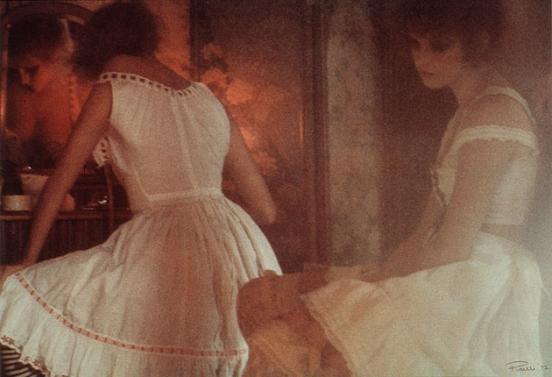
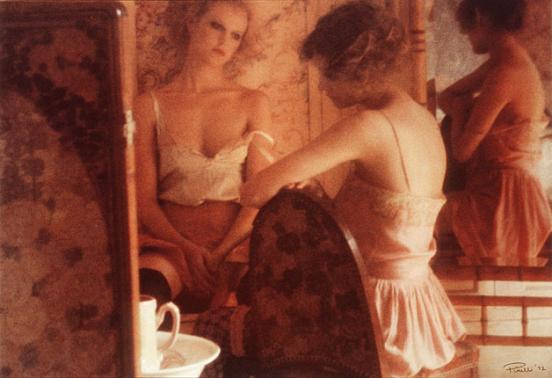
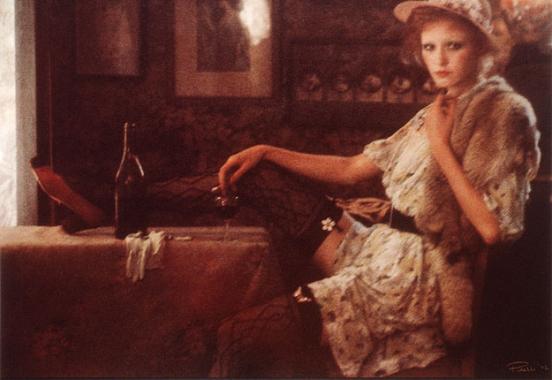

1973
Photographer: Brian Duffy
This time, in addition to a photographer were involved artist and airbrush specialist. All three have built an interesting principle: the artist presented his ideas in drawings, photographs bring them to life, and airbrush creations drove the first and second one. It turned out something resembling a picture in the style of pin-up. The new calendar is significantly different from previous releases and looked very fresh on the beach background photo shoots, but "questionable style" edition has been strongly criticized in the press. In my opinion, these pictures look frankly cheap.
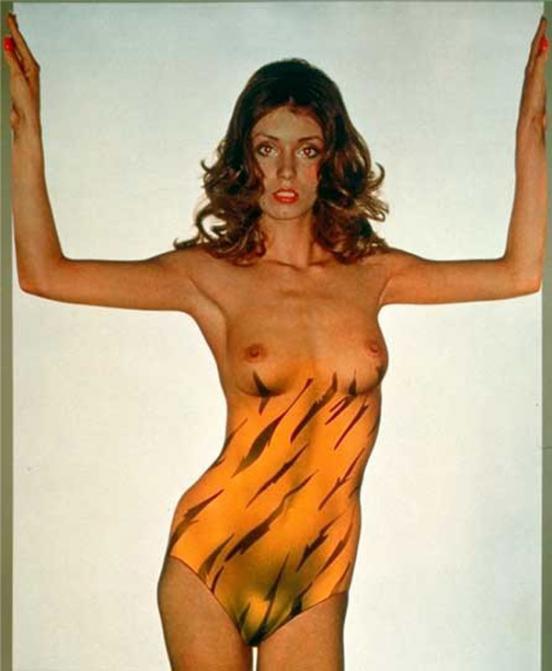






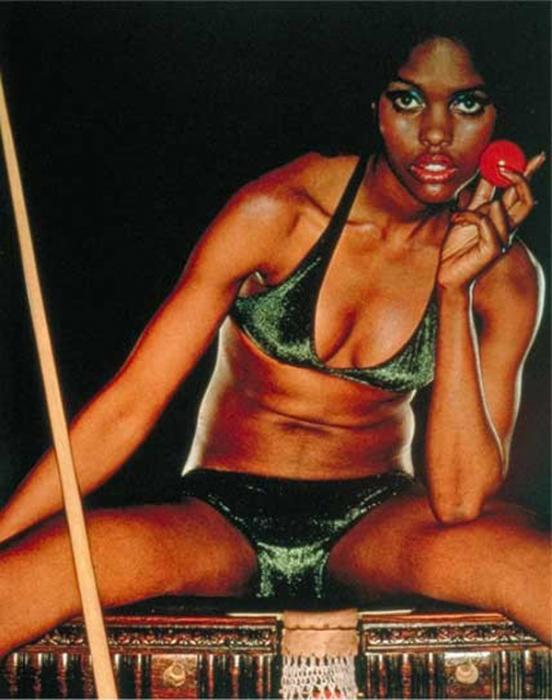

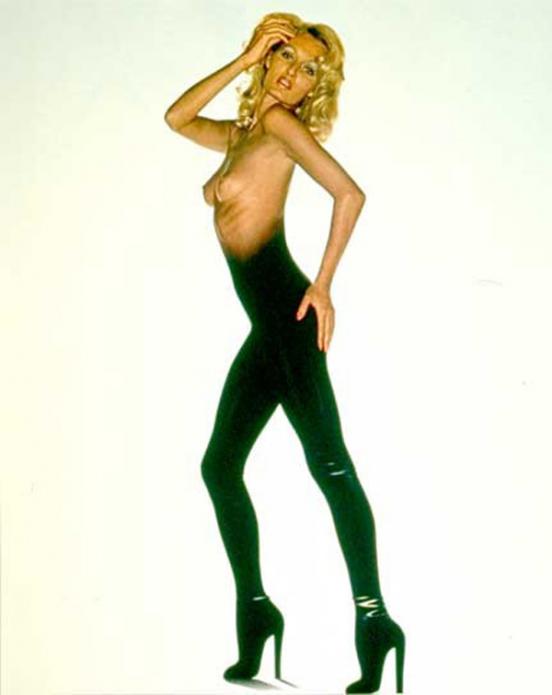
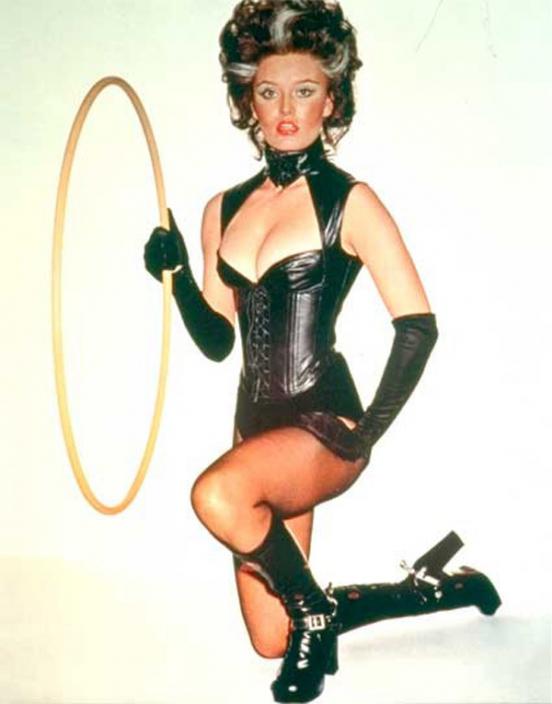

1974
Photographer: Hans Foyrer
By this time the Pirelli Calendar has become an independent cultural phenomenon. Work on the 10 th anniversary edition of the event was already in itself. In place of the filming gathered journalists and television, which meant that the calendar has reached a new level of popularity. Filming for Pirelli like all models, without exception, but such an honor awarded only the best (for the production of this model number have specially arrived from Paris). The pictures were created with impeccable taste - a single gram of vulgarity and "questionable style».

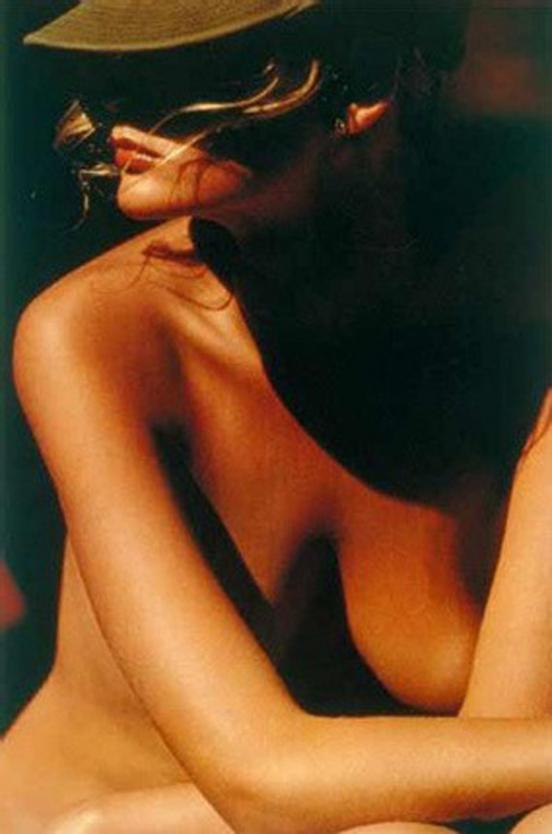


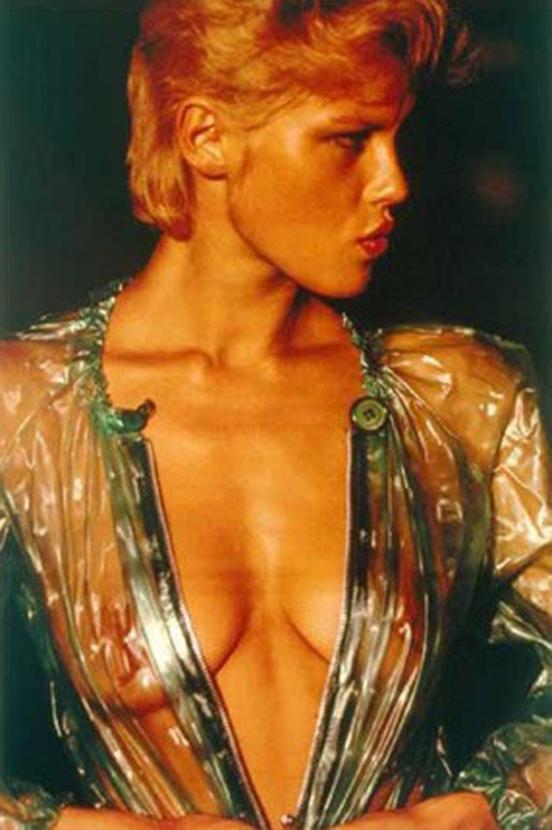
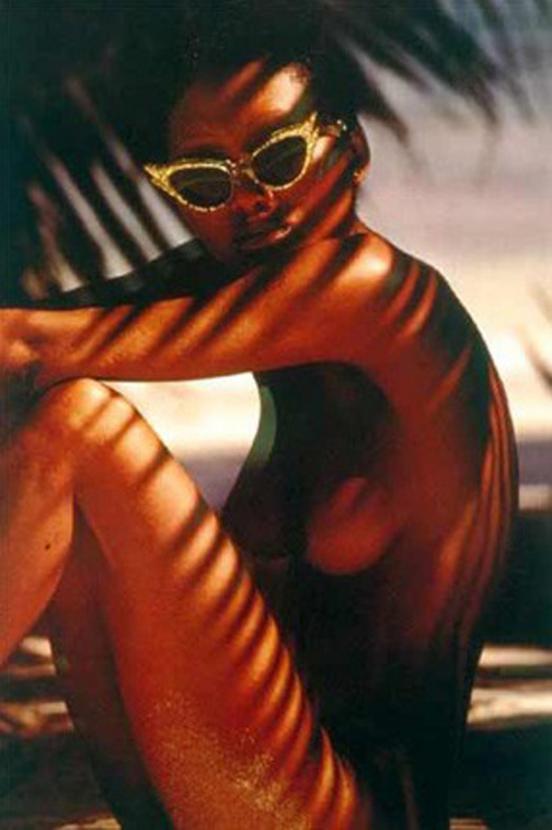






In 1975 there was the oil crisis, which led to the stagnation of automotive technology and, of course, reflected in the tire industry. For 10 years, the calendar is not produced during this time, many companies have tried to replicate his success, but stumbled a harsh criticism in the press and accused of pitiful imitation.
1984
Photographer: Uwe Ommeren
After a ten-year break Pirelli Calendar back again. New art director came up with a brilliant idea - to use in the photo products Pirelli's veiled form. Traces of a protector of a new line of tires on the naked bodies of models and on the white sand looked very interesting, and most importantly to perform its main task - photos for promotional purposes.










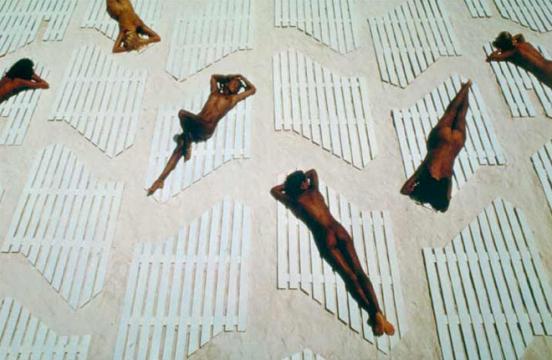


1985
Photographer: Norman Parkinson
Calendar of the year had to remind the photos from the fashion show. Art Director has decided to continue the theme of the protectors and the new release - it is the top 12 London fashion designers have created an exclusive collection of apparel, footwear and accessories with a "tread" pattern. As the decorations used in luxury apartment of one of the most expensive hotels in Edinburgh, and was listed among the models rising star of the catwalks Iman (with a suspiciously small breasts).



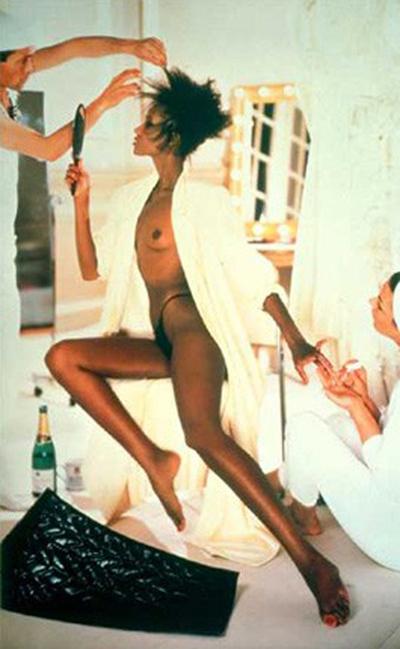










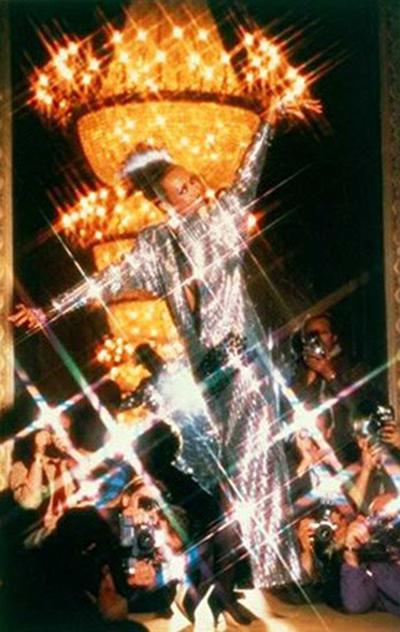

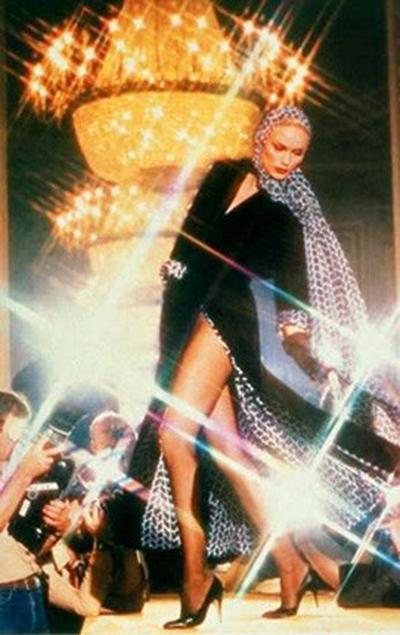

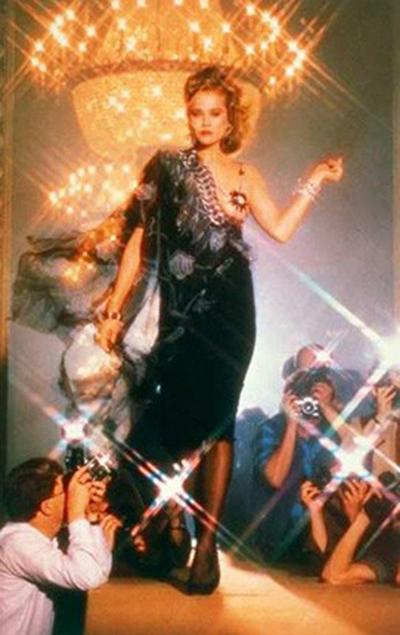





1986
Photographer: Bert Stern
To create a new calendar have been invited to the most talented students of the Royal College of Art. The artists have created paintings that became the basis of photos Bert Stern. Models posing on the background of paintings and if blended with the image through a variety of visual effects. The culmination of the project was the presentation of the calendar on which a proposal was made Duke of Westminster to sell Pirelli calendar for charity. Under the charity always involves huge financial resources and excellent reputation, so the Pirelli calendar was doomed to success.




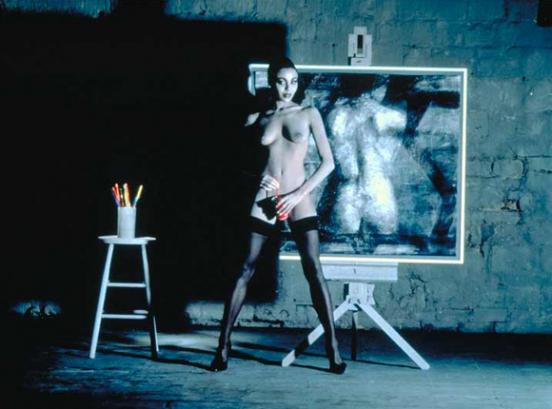
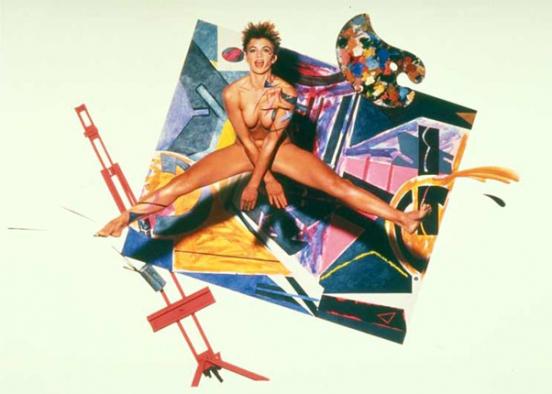



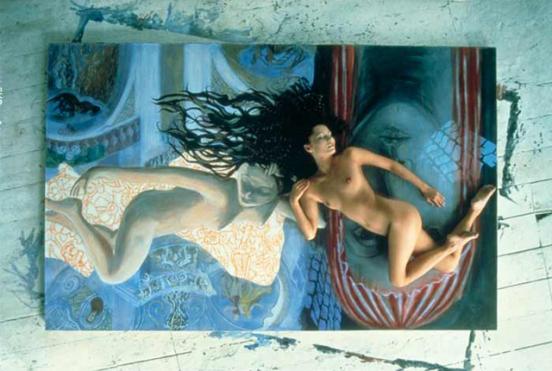
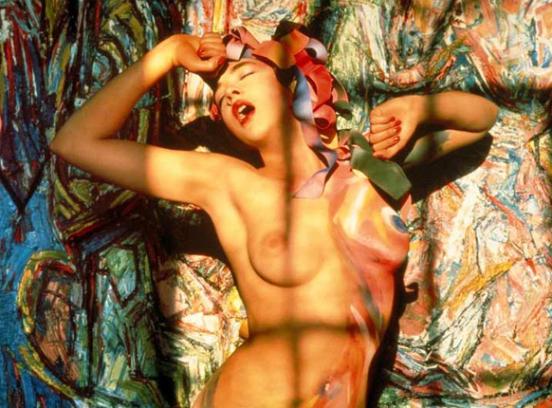


1971
Photographer: Francis Dzhakobetti
The first edition of the calendar, which appeared naked female breast. In the early 70's for the exposure of advertising images considered something akin to pornography, so the photographer had problems with some models, unwilling to become bare. However, their confusion and even fear Dzhakobetti played on hand - he was able to convey emotion models in the photo. In fact, the Pirelli Calendar could get anyone - because of financial problems, the campaign had to release it into general availability.













1972
Photographer: Sarah Moon
For the first time the calendar was a woman photographer. This was due to the desire of producers to move away from pornography, so popular in those days, and show the delicate feminine images. In my view, these works are radically different from the previous calendar Pirelli: thanks to the play of light and blurry contours, they are more like works of art. Despite the softness of the images and the absence of direct sexual promise, many people (mostly men) have criticized this edition of the calendar, and even accused him of promoting the lesbian love.
















1973
Photographer: Brian Duffy
This time, in addition to a photographer were involved artist and airbrush specialist. All three have built an interesting principle: the artist presented his ideas in drawings, photographs bring them to life, and airbrush creations drove the first and second one. It turned out something resembling a picture in the style of pin-up. The new calendar is significantly different from previous releases and looked very fresh on the beach background photo shoots, but "questionable style" edition has been strongly criticized in the press. In my opinion, these pictures look frankly cheap.












1974
Photographer: Hans Foyrer
By this time the Pirelli Calendar has become an independent cultural phenomenon. Work on the 10 th anniversary edition of the event was already in itself. In place of the filming gathered journalists and television, which meant that the calendar has reached a new level of popularity. Filming for Pirelli like all models, without exception, but such an honor awarded only the best (for the production of this model number have specially arrived from Paris). The pictures were created with impeccable taste - a single gram of vulgarity and "questionable style».












In 1975 there was the oil crisis, which led to the stagnation of automotive technology and, of course, reflected in the tire industry. For 10 years, the calendar is not produced during this time, many companies have tried to replicate his success, but stumbled a harsh criticism in the press and accused of pitiful imitation.
1984
Photographer: Uwe Ommeren
After a ten-year break Pirelli Calendar back again. New art director came up with a brilliant idea - to use in the photo products Pirelli's veiled form. Traces of a protector of a new line of tires on the naked bodies of models and on the white sand looked very interesting, and most importantly to perform its main task - photos for promotional purposes.













1985
Photographer: Norman Parkinson
Calendar of the year had to remind the photos from the fashion show. Art Director has decided to continue the theme of the protectors and the new release - it is the top 12 London fashion designers have created an exclusive collection of apparel, footwear and accessories with a "tread" pattern. As the decorations used in luxury apartment of one of the most expensive hotels in Edinburgh, and was listed among the models rising star of the catwalks Iman (with a suspiciously small breasts).
























1986
Photographer: Bert Stern
To create a new calendar have been invited to the most talented students of the Royal College of Art. The artists have created paintings that became the basis of photos Bert Stern. Models posing on the background of paintings and if blended with the image through a variety of visual effects. The culmination of the project was the presentation of the calendar on which a proposal was made Duke of Westminster to sell Pirelli calendar for charity. Under the charity always involves huge financial resources and excellent reputation, so the Pirelli calendar was doomed to success.




































